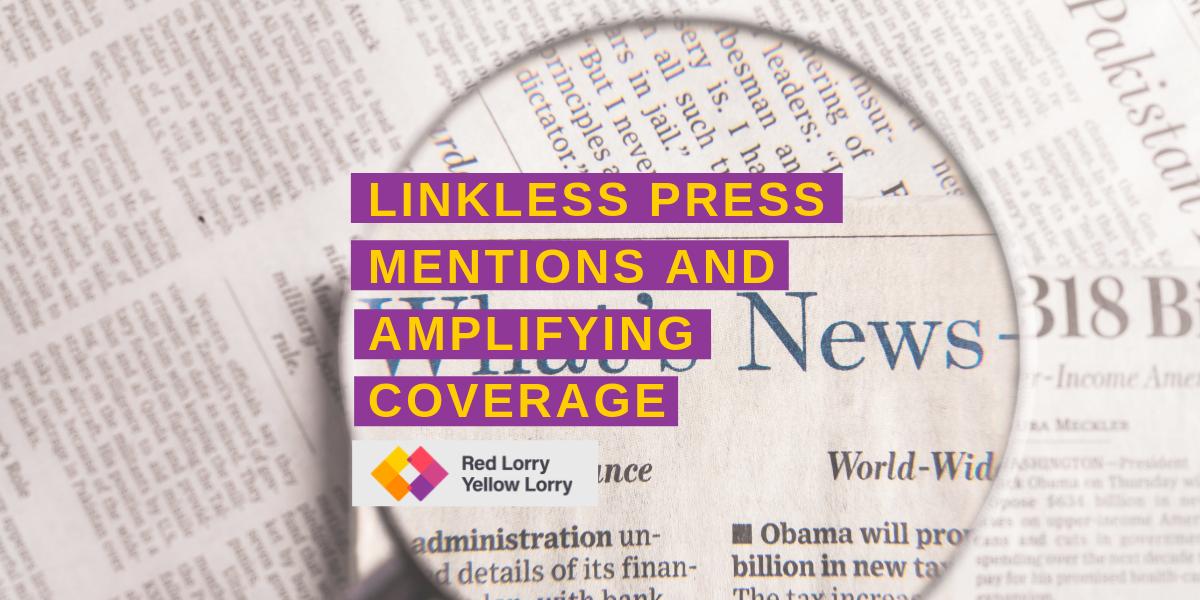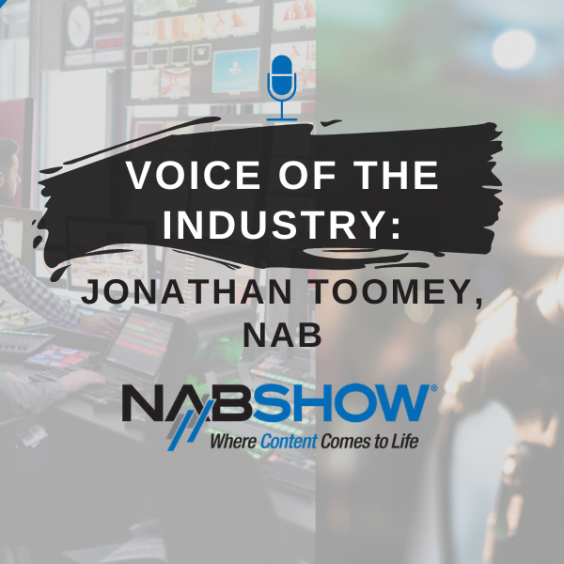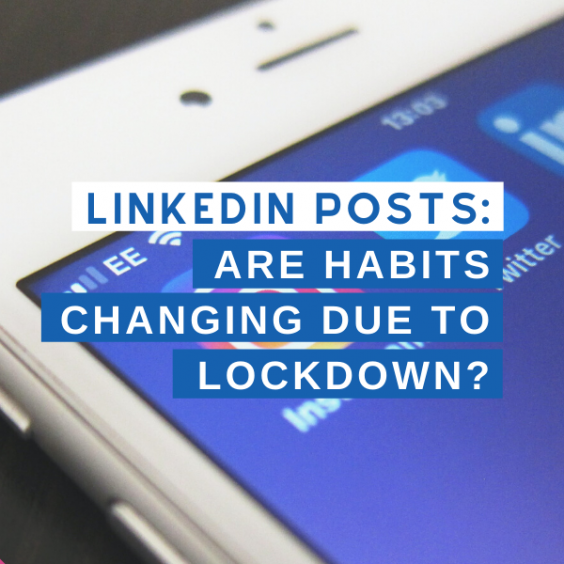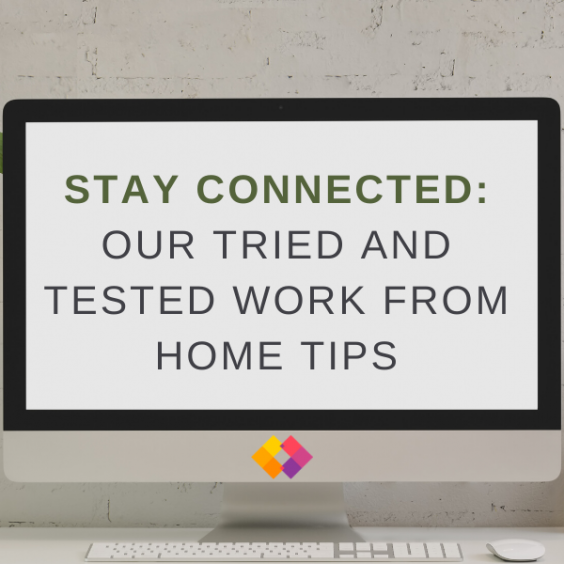For PR professionals, it can be tough to prove the value of our work. So much of it is intangible. How do you measure the impact of a briefing with a reporter or an industry analyst – is it by whether it results in a mention in a report or an article? And if the company is placed in said report or article, how do you measure the value of that piece?
Backlinks to a company’s website have become the gold standard in PR measurement and how to determine the success or impact of a media placement. If you get this, you can see how many readers clicked through to the company website. Marketers are married to these hard numbers, but a backlink isn’t always promised and PR professionals have little to no control over whether one gets included in a particular piece. Ultimately, it’s up to a publication’s editors, and more often than not, those backlinks get stripped.
So, what to do? Well, it’s important to remember there are still benefits to linkless press mentions, and there are numerous ways you can amplify and measure the success of media coverage to get the most value out of every article the PR team secures.
Here are some tips for amplifying your media coverage and communicating impact to key company stakeholders when there’s no backlink to help you measure web traffic.
Linkless mentions have SEO value
Search engines are evolving and are starting to put more weight on unlinked mentions of a company or brand. SEOblog explains that Google’s search previously relied on the number of backlinks a website had to help determine relevance of search results, but this is changing. More search engines are putting emphasis of the context of mention, too. So the more positive mentions your company garners – linked or not – the more impact it will have on your SEO rank.
Social amplification
Beyond web traffic, it’s also beneficial to measure how much a piece of coverage has been shared across social channels. There are some limitations here, especially since LinkedIn’s API is often closed to third-party monitoring tools. However, Twitter and Facebook often integrate with a slew of tools like Buzzsumo that can show you how much a particular article was shared across those social channels. Coverage shares can give you a sense of how interesting your audience found the piece, and whether they thought it was intriguing enough to share with their personal networks.
You can also tap your employees to share content across their social channels to help ensure it reaches as many relevant eye balls as possible. Coverage that’s secured should be distributed company-wide, and sales and marketing teams should share positive media mentions with their personal networks and potential prospects. There are tools like Oktopost and Sociabble that can help but if budget is an issue, you can equally manage it yourself through internal channels like Slack, email or a newsletter. Employee advocacy programs can be particularly successful if you gamify them and give employees incentives for participating!
Sentiment analysis
Using a sentiment analysis tool can also help you determine your audience’s general reaction to a particular piece of coverage or news item. It’s important to analyse the conversations that happen around mentions in the press. What are people saying? What did they find most interesting? Are there any negative sentiments around a particular announcement? Did influencers in your industry share the news and what were their thoughts? It’s fair to say that no tool has really cracked sentiment analysis as things like sarcasm and humour currently mean that someone needs to carefully vet all data. But the qualitative observations around sentiment and general reception can be extremely valuable and can help provide more context to key company stakeholders when reporting on the success of a campaign.
To get help amplifying coverage, measuring impact, and communicating PR results to company stakeholders, read more about our Brands to Business process and email us at hello@rlyl.com.
Sign up to our newsletter



